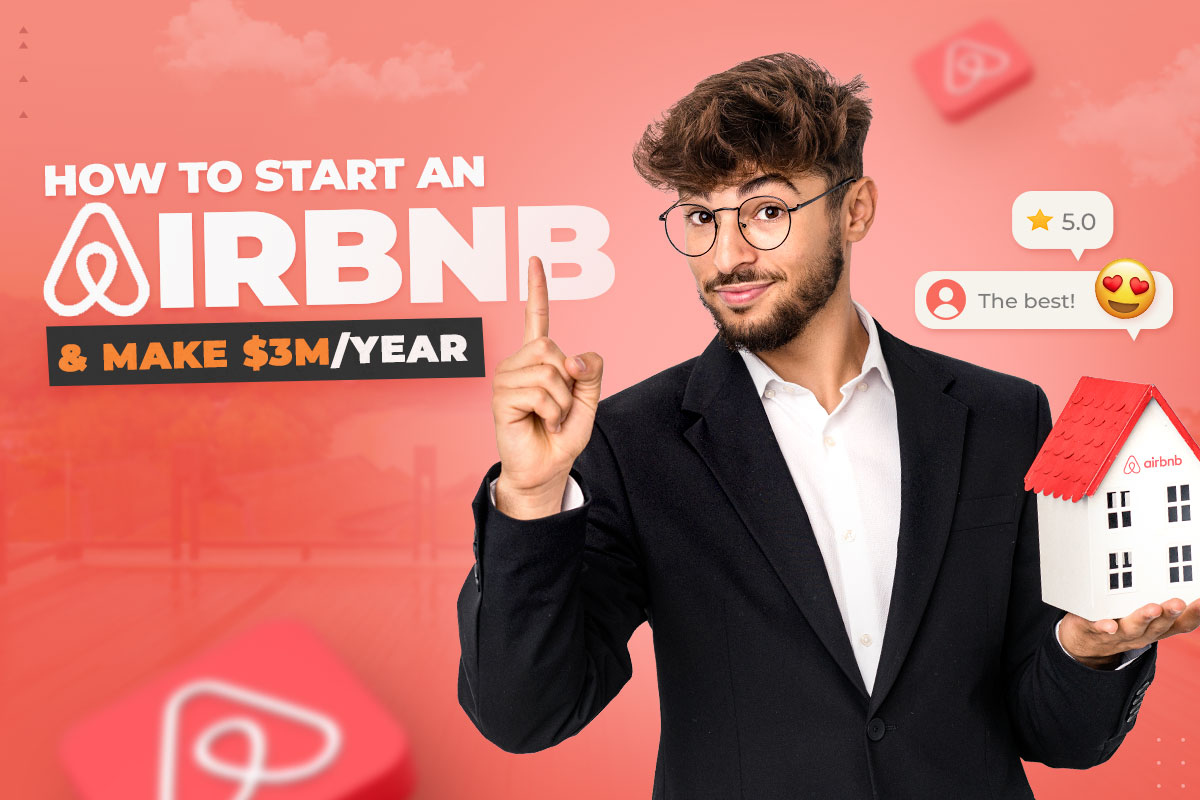For many budding business owners, buying a franchise is a no-brainer. That’s because the best franchises to buy have high profit margins and low failure rates.
In addition, franchises benefit from a proven business model, brand recognition, and a loyal customer base. This model makes it easier for a franchise business to earn a high annual revenue quicker than other businesses.
That’s why we did a franchise business review to identify the most profitable franchises. We include a mix of food truck businesses, fast food franchises, service businesses, and some unique franchises that you might not have heard of before.
Sure, you’ll have high initial investments and ongoing fees. That’s a small price to pay given that the most successful franchises are 63.3% more likely to succeed than the average small business over a three-year period.
Keep reading or click on any of the links below to jump to that section and learn more about owning a franchise.
- Are franchises profitable?
- Yes, franchises can be more successful than other small businesses
- What is the most profitable franchise to own?
- Author’s Note: Our Methodology
- UpFlip Most Profitable Franchise Opportunities
- Broker Suggestions: Most Profitable Franchises
- What are the most profitable franchises to own?
- Other Commonly Mentioned Franchises
- Factors That Impact Franchise Owners’ Success
- How to Measure Franchise Profitability
- Are you ready to become a franchise owner?
Let’s start by answering some questions about franchise ownership.
Are franchises profitable?
Yes, franchises can be profitable. According to Sculpture Hospitality, franchisees can expect to have profit margins of 4% to 12% within a few years of opening a new franchise.
Profitability will depend on the franchise, investment costs, location, and managerial experience of the franchisee.
Yes, franchises can be more successful than other small businesses
Earlier, we told you that the most profitable franchises are 66.3% more likely to succeed than the average small business. Here’s how we figured that out:
- Franchise failure rate over 3 years (top 100): under 2%
- Small business failure rate over 3 years: 40%
That means 98% of the top 100 franchises survive a three-year period compared to 60% of businesses overall. Do a little more math (98% divided by 60%), and you’ll find that a top-100 franchise has a 63.3% higher probability of surviving three years.
What is the most profitable franchise to own?
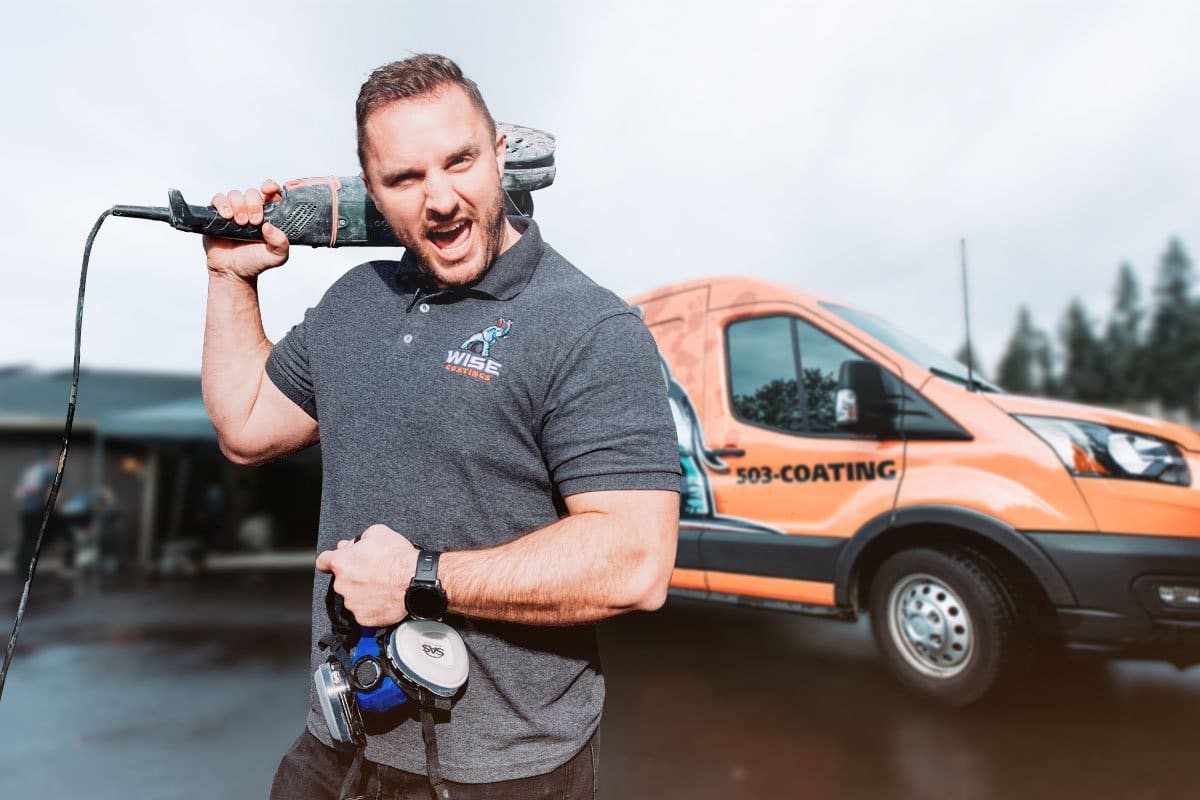
The most profitable franchise to own is Express Employment Professionals, a staffing agency. We’ll dive further into Express Employment Professionals, how we arrived at this conclusion, and the rest of the most profitable franchises below.
Author’s Note: Our Methodology
We spent a lot of time debating the best way to establish the most profitable franchises. The absolute best way to establish the most profitable franchise businesses is to review franchise disclosure documents and establish the profit margins for over 2,000 franchises.
Unfortunately, that requires a ton of labor (or an amazing web crawler), so we went with a more viable option.
First, we consider the profitable franchise opportunities that we’ve interacted with at UpFlip. We know they have a proven business model because we’ve personally worked with the franchise owners to establish that they’re profitable franchises.
Then we found three franchise brokers who came highly recommended by mentorship groups we work with and asked them which franchises they recommend as the most profitable franchise opportunities.
Finally, we found an Insider Monkey report that ranked the top 10 most profitable franchises. It provides annual sales numbers and maximum initial costs. We took that information and went a couple of steps further.
We divided the average annual sales by the number of franchises to find the annual revenue per franchise. This allowed us to determine the average monthly revenue per franchise.
Then we divided the high end of the estimated franchise cost by the average monthly revenue to find the “time to return,” or time to recoup the initial franchise cost. It’s not as precise a method as we would like for the most profitable franchises, but it gives you a good idea of the franchises that will pay for themselves quickly.
We list the most profitable franchise opportunities by the profit made but group them based on how certain we are about the data.
UpFlip Most Profitable Franchise Opportunities
The following franchise ideas include some of the franchises we’ve interviewed. These make our best franchise opportunity list because they have low startup costs, good business processes, and great owners who believe in helping franchisees succeed.
#1. MaidThis
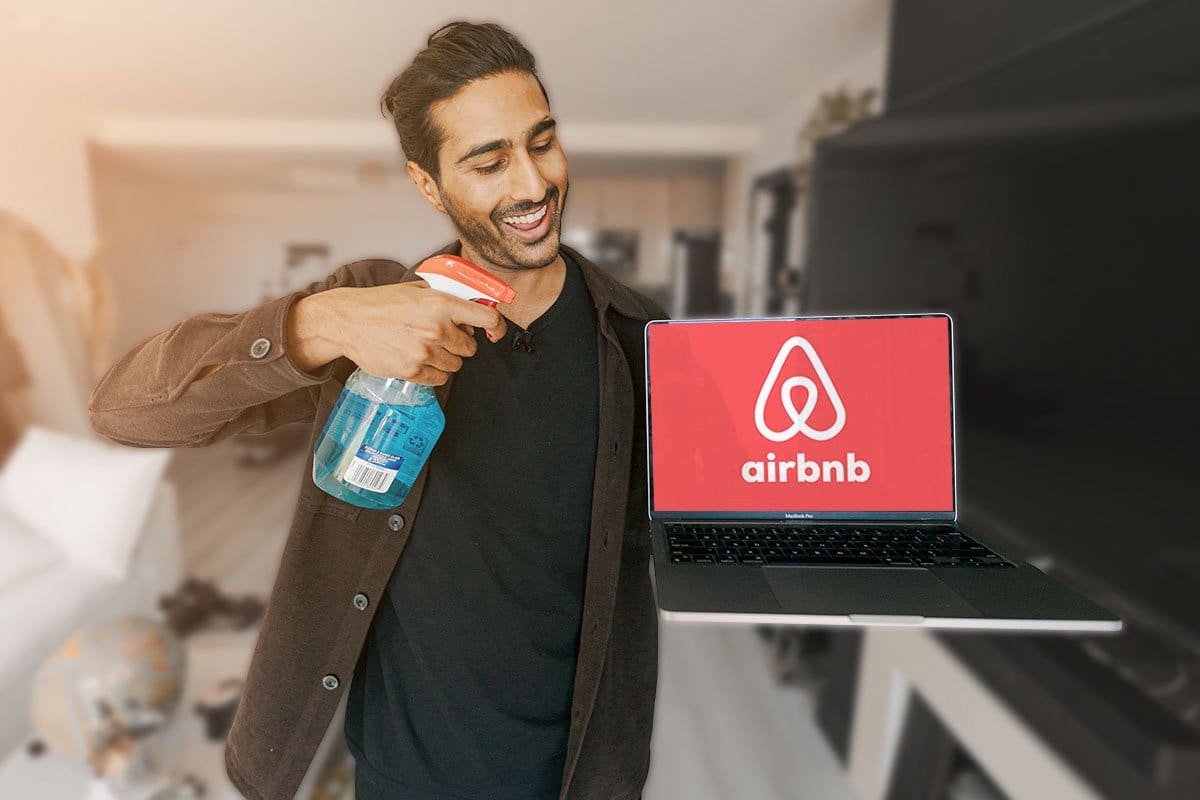
This home and Airbnb cleaning franchise lands on the list of most profitable franchises because its extensive support and remote business model provide many financial benefits.
• Number of franchises: 20
• Average monthly revenue: $60K
• Maximum initial cost: $69K
As a franchisee, you focus on business processes and pay others to clean the properties. Franchise units require a $35K franchise fee, and you can expect between $48K and $67K in total startup costs.
The average location makes $10K per month in revenue. Assuming you make 30% profit, you’ll make back your money in less than two years.
Pro Tip: Competing with other franchisees won’t limit your financial success because most areas don’t have a MaidThis franchise. When you want to expand your business model, you can quickly expand to other cities.
Learn more about how to start a remote cleaning business from Neel below:
Like Neel’s strategy?
Find out how to start a MaidThis franchise.
#2. Brown’s Pressure Washing
Brown’s Pressure Washing just launched a franchise opportunity developed by founder Joshua Brown and UpFlip. This opportunity enables you to easily launch a fully equipped pressure washing business.
• Number of franchises: 1
• Average monthly revenue: $166.7K
• Maximum initial cost: $100K
Among other features, the licensing fee gives franchisees access to video courses, a boot camp, contracts, and a 24/7 online support community. Franchisees also agree to pay a 10% royalty fee to cover weekly coaching and administrative support.
• Licensing fee: $20K
• Total investment: $50K to $100K
• Royalty fee: 10%
• Space needed: 100 to 2K square feet
• Employees: Enough employees or subcontractors to provide services
• Territories: Can buy more than one territory if available in your area
• Franchising funding assistance: Yes, through third-party financing services
Find out how Joshua Brown started Brown’s Pressure Washing below:
Want to use Josh’s recipe? Become a Brown’s franchisee.
#3. Wise Coatings
A Wise Coatings franchise coats garage floors and other surfaces with a material similar to epoxy.
• Number of franchises: 25
• Average monthly revenue: $100K
• Maximum initial cost: $134K
The initial franchise fee is $50K, but it can cost you between $114K and $134K to become a franchise owner with Wise Coatings.
These franchises make between $400K and $500K in revenue. You can expect to keep 15% to 20% in profit. Based on these numbers, the average Wise Coatings franchise recoups its initial costs in two to three years.
• Franchise fee: $50K
• Total investment: $117K to $160K (including 3 months of working capital)
• Space needed: 100 to 2K square feet
• Employees: 2 to 4 (recommended)
• Territories: Discounts for buying more than one
• Franchising funding assistance: Provided through Benetrends
Check out our interview with Brandon Vaughn, who runs a successful epoxy flooring business, below:
#4. Spray-Net
Spray-Net holds patents in a unique painting process created by Carmelo Marsala after he found an innovative way to modernize the house-painting industry.
• Number of franchises: 40
• Average monthly revenue: $104.2K
• Maximum initial cost: $241.8K
The company has 40 franchisees (and counting). Spray-Net also owns patents that mean only those who buy in and learn the process can offer it to their customers.
• Franchise fee: $45K
• Total investment: $170.8K to $241.8K
• Royalty fee: 8%
• Space needed: 100 to 2K square feet
• Employees: Enough employees or subcontractors to provide services
• Territories: Can buy more than one territory if available in your area
• Franchising funding assistance: Yes, through third-party financing services
See how you can start a Spray-Net painting franchise in this video:
#5. EverLine
John Evans started EverLine with $500 and a unique vision for parking lot maintenance.
• Number of franchises: 100
• Average monthly revenue: $25.9K
• Maximum initial cost: $332.4K
Twelve years later, the multimillion-dollar company has franchises all over North America that keep other businesses’ parking lots safe and looking sharp.
• Franchise fee: $49.5K
• Total investment: $164.7K to $332.4K
• Royalty fee: 9% or $500 per territory + 3% (whichever is greater)
• Space needed: 100 to 2K square feet
• Employees: Enough employees to provide services
• Territories: Can buy more than one territory if available in your area
• Franchising funding assistance: Yes, through third-party financing services
Learn more about EverLine in our in-depth interview with its founder:
#6. Photo Booth International
With Photo Booth International, you can start a photo booth business for only $12,500. These turnkey businesses have no ongoing royalties, making it one of the most profitable franchise opportunities for business owners.
• Number of franchises: 4.6K
• Average monthly revenue: $300 to $1K per session
• Maximum initial cost: $12K
Learn more about Photo Booth International.
Broker Suggestions: Most Profitable Franchises
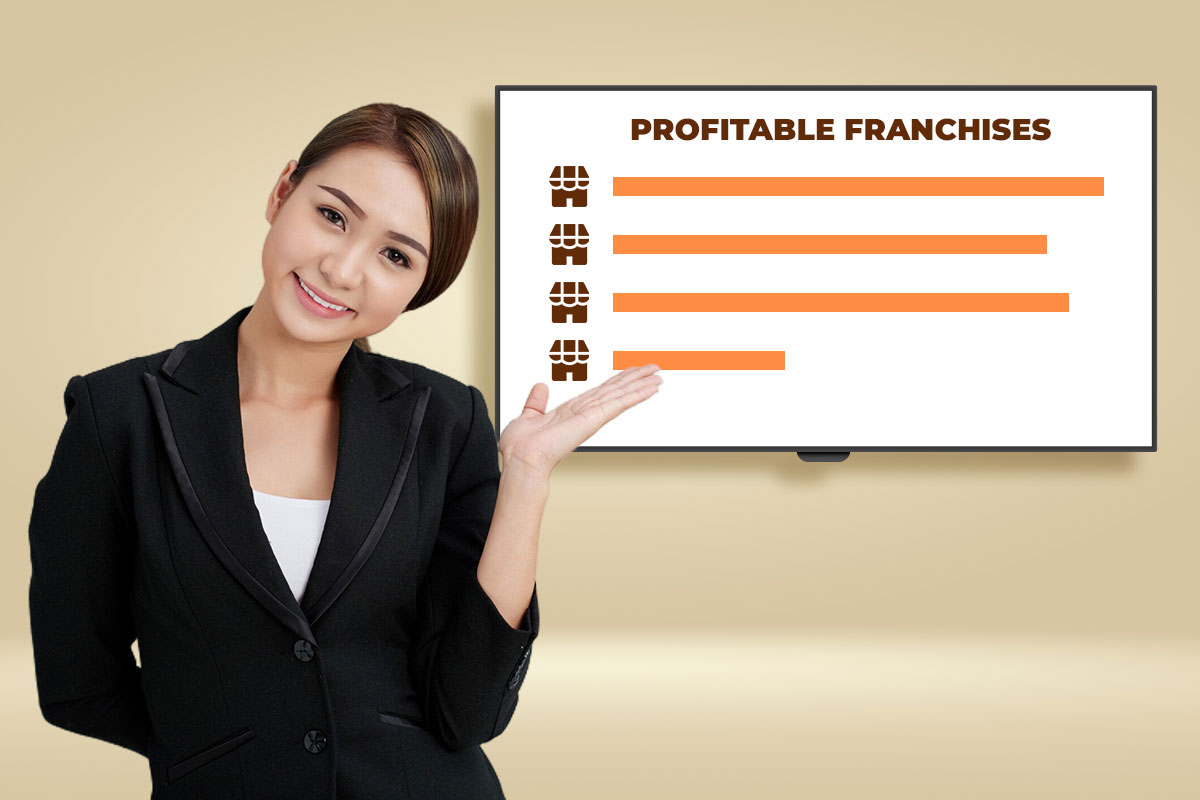
Owning a franchise is a big decision. Every franchise system has different startup costs, marketing support, and franchise revenue. Each established brand in this section is recommended by one of our broker partners.
You can learn more about how we analyze franchises.
#7. 4EverYoung
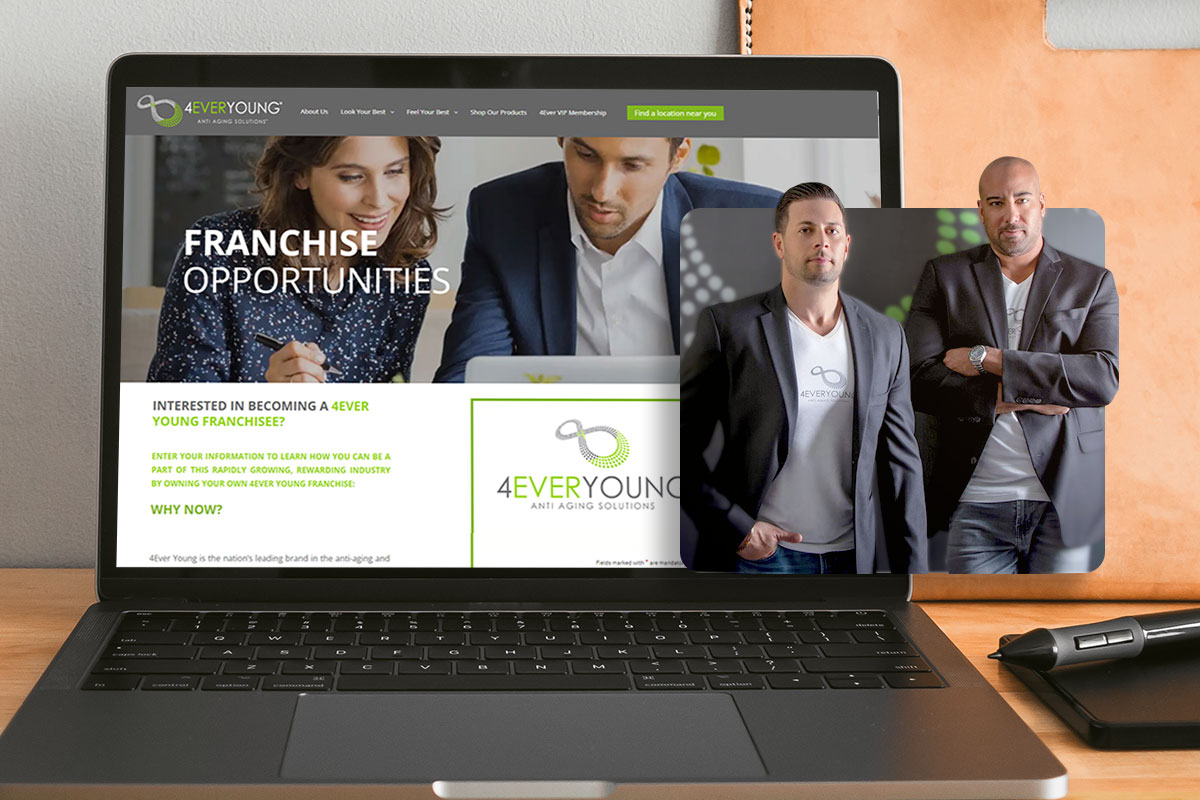
This medical franchise business focuses on anti-aging solutions such as hormone replacement, botox, chemical peels, facials, and more.
• Number of franchises: 9
• Average monthly revenue: $155.9K
• Maximum initial cost: $828K
4EverYoung maintains a loyal customer base of middle-aged people.
#8. The Brothers that just do Gutters
Franchise owners who invest in Brothers Gutters will focus on providing gutter installation, repair, and cleaning services.
• Number of franchises: 98 (1 corporate, 97 franchises)
• Average monthly revenue: $97.6K
• Maximum initial cost: $498.5K
These franchises provide services to both homeowners and businesses.
#9. Fundraising University

Fundraising University franchise owners help schools run charity events. Franchisees average between 18% and 28.4% profit.
• Number of franchises: 9
• Average monthly revenue: $54K
• Maximum initial cost: $560K
This profitable franchise is a great deal, especially since you can often become a franchise owner for under $100K.
#10. GameDay Men’s Health
GameDay Men’s Health offers franchise owners the ability to help men with problems like low testosterone, nutrition, and weight loss.
• Number of franchises: 5
• Average monthly revenue: $43.9K
• Maximum initial cost: $386.5K
This healthcare franchise business has a 35.8% profit margin according to their franchise disclosure document.
#11. 360° Painting
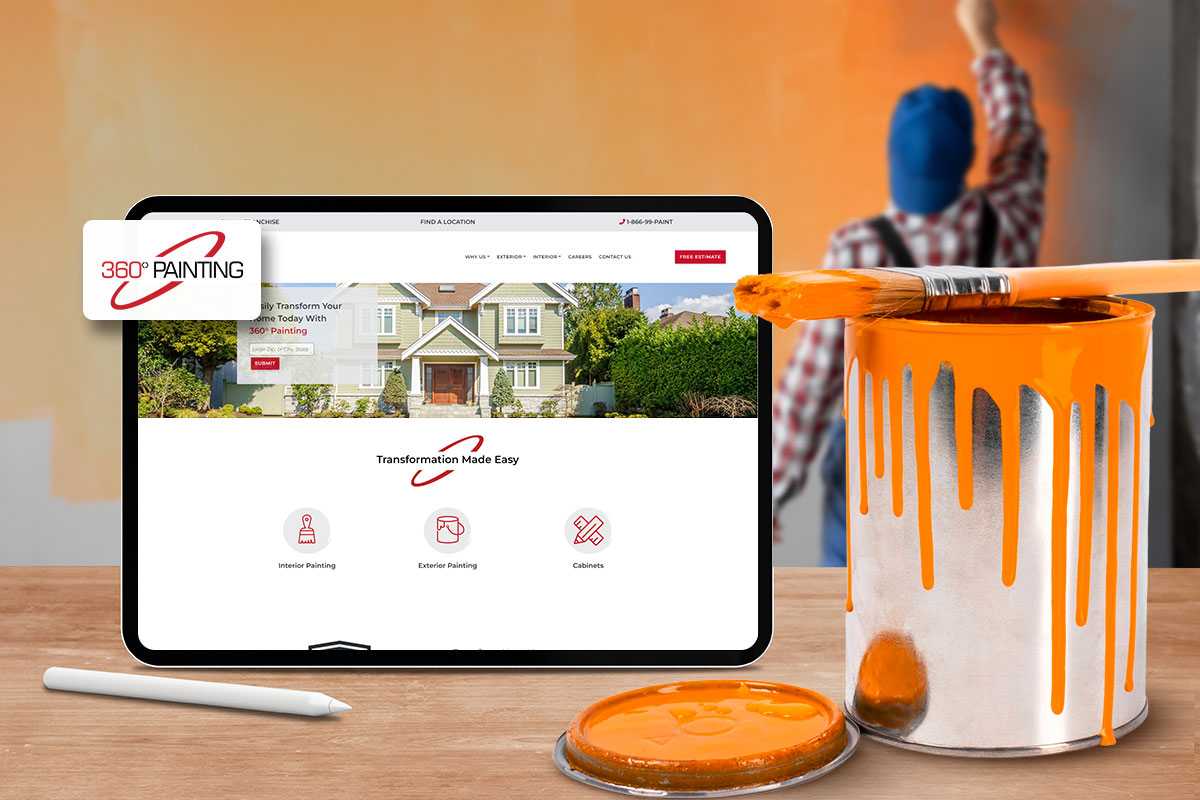
360° Painting is a clever name for this painting company because their services focus on everything you can paint inside and outside of a house.
• Number of franchises: 100
• Average monthly revenue: $43K
• Maximum initial cost: $145K
Despite the name, I’d make the argument that a franchise owner is actually buying a coatings company when you purchase this franchise.
#12. Temporary Wall Systems
Temporary Wall Systems provides an alternative to drywall for businesses that need separate spaces.
• Number of franchises: 110
• Average monthly revenue: $27.1K
• Maximum initial cost: $352.5K
Clients include companies renting office spaces, throwing events, or trying out a setup before they finalize their design.
#13. Dryer Vent Wizard
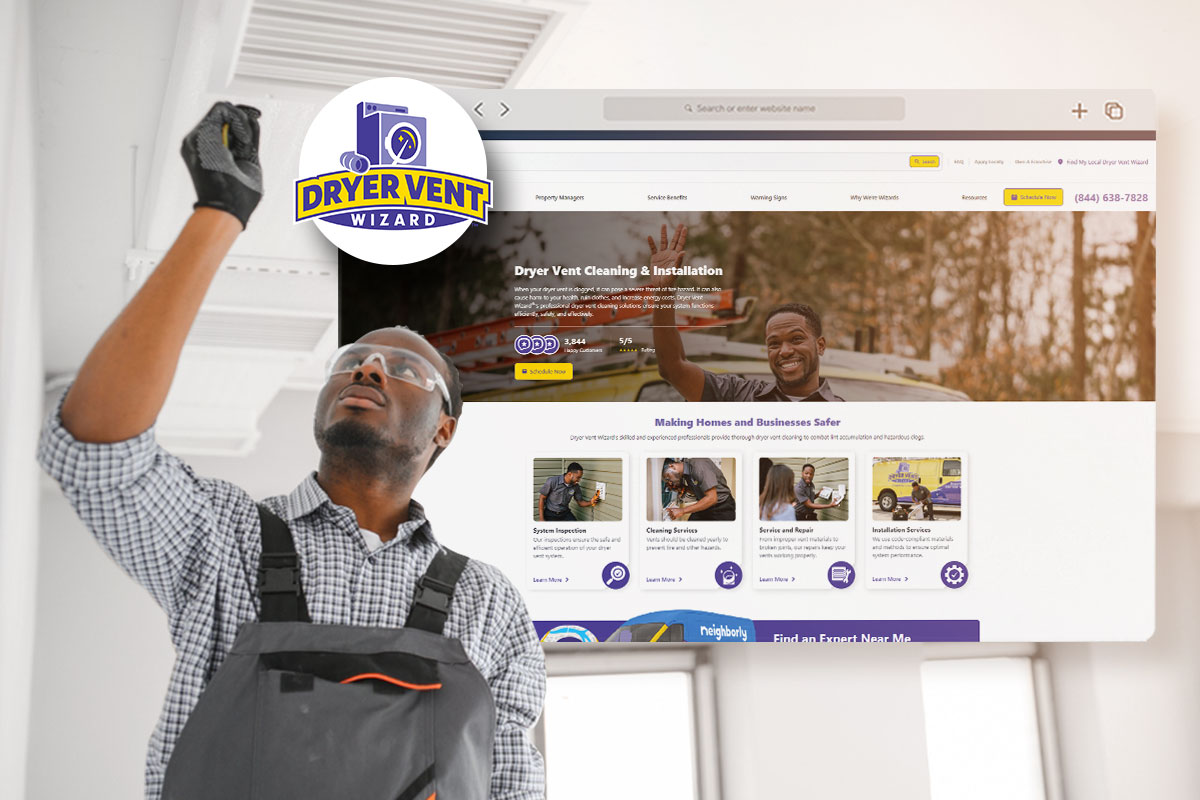
Dryer Vent Wizard is the only national company that installs, maintains, and cleans dryer vents. Service locations typically include a mix of residential homes and commercial buildings.
• Number of franchises: 100
• Average monthly revenue: $25.9K
• Maximum initial cost: $159.4K
Cleaning and maintaining dryer vents removes potential fire hazards and increases the efficiency of dryers.
#14. Tippi Toes
Tippi Toes is a mobile dance studio franchise. Franchise owners travel to locations that allow them to use the space.
• Number of franchises: 33
• Average monthly revenue: $23.7K
• Maximum initial cost: $83.5K
Their franchise disclosure document states there is a 30% profit margin, making it one of the most profitable franchises for a business owner.
What are the most profitable franchises to own?

Measured by the time it takes to make to recoup your initial investment, the most profitable franchises include:
- Express Employment Professionals
- RE/MAX
- Wendy’s
- Chick-fil-A
- Ace Hardware
- The UPS Store
- Matco Tools
- McDonald’s
- PIRTEK USA
- Snap-on
#15. Express Employment Professionals
Although Express Employment Professionals is one of the lesser-known names on the list, this staffing agency has been in business for over 40 years. Reaching the average monthly revenue can take three to five years.
• Number of franchises: 860
• Average monthly revenue: $400K
• Maximum initial cost: $400K
Once fully operational, the average franchise is able to cover its initial costs every month. That’s hard—nay, impossible—to beat.
#16. RE/MAX

RE/MAX is one of the best franchises in the real estate market, with each RE/MAX real estate agent averaging 13.3 transactions per year.
• Number of franchises: 9.2K
• Average monthly revenue: $1.8M
• Maximum initial cost: $239.5K
RE/MAX is the only real estate franchise to make this list.
#17. Wendy’s
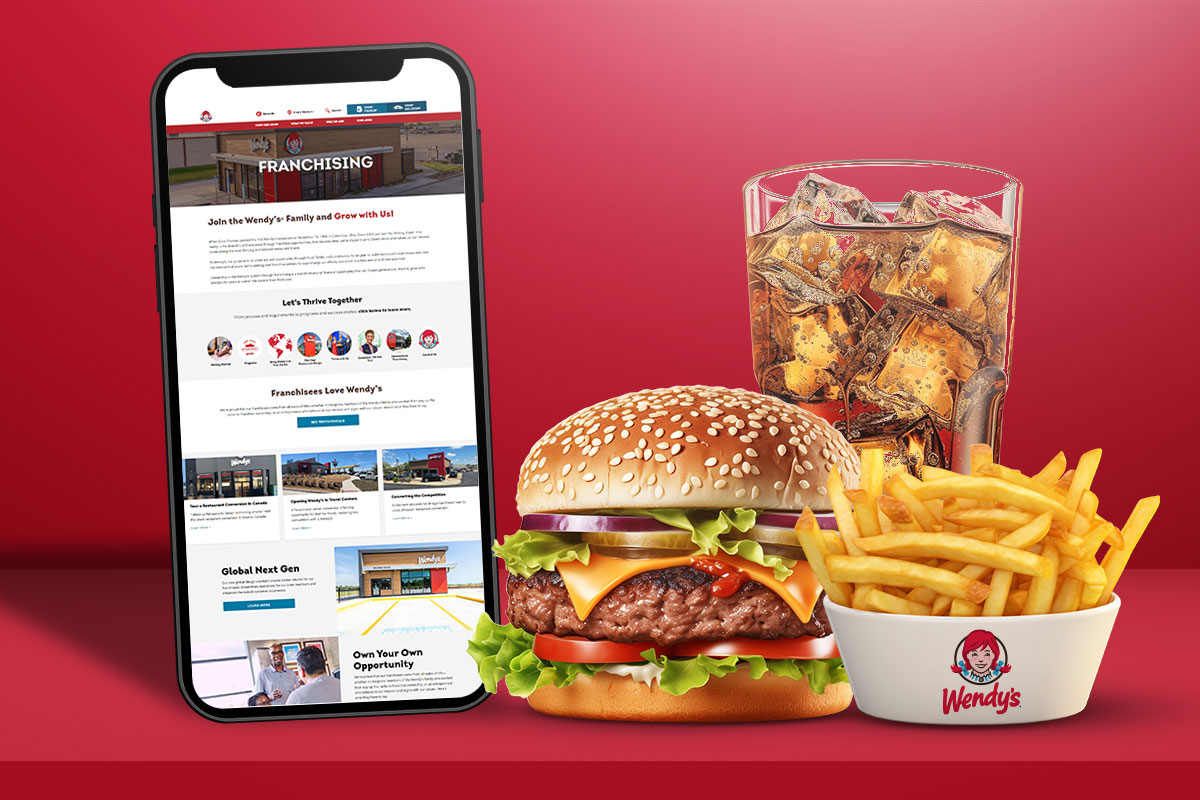
Wendy’s franchises have the shortest time to return of any fast food industry franchise on the list.
• Number of franchises: 6.9K
• Average monthly revenue: $1.8M
• Maximum initial cost: $698.5K
The brand recognition will help drive net profit, and many franchisees own multiple stores.
#18. Ace Hardware
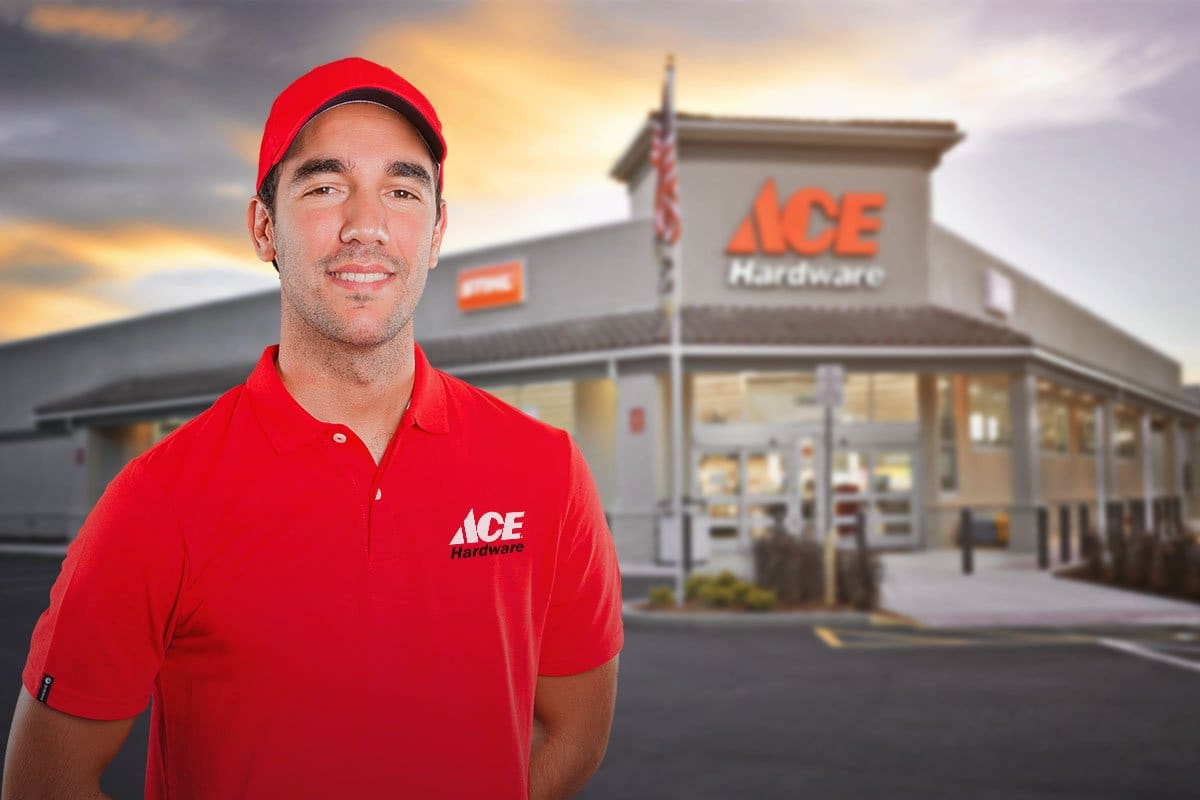
Ace Hardware is another one of the best franchises to own.
• Number of franchises: 5.6K
• Average monthly revenue: $333K
• Maximum initial cost: $1.9M
With 5,555 stores and average sales of $4 million per year, it can take six months for this franchise to recoup its initial investment.
#19. UPS Store
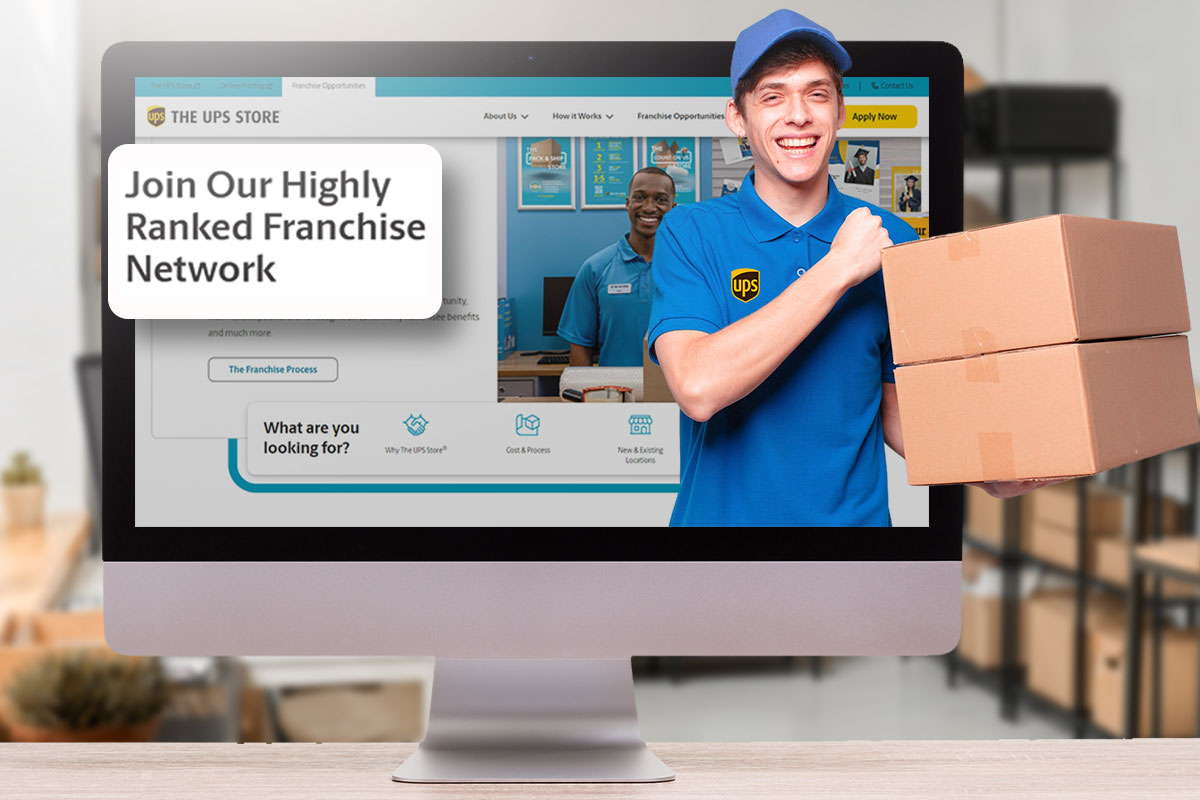
The UPS Store is one of the best franchises to open. It consistently ranks on the Entrepreneur list of top 10 franchises.
• Number of franchises: 5.5K
• Average monthly revenue: $631.3K
• Maximum initial cost: $477K
The average revenue indicates that the franchise requires about 10 months to earn back the initial investment.
#20. Matco Tools
Matco Tools is a mobile automotive tool franchise. It’s the best franchise to open that doesn’t require a building.
• Number of franchises: 1.9K
• Average monthly revenue: $400K
• Maximum initial cost: $313.6K
Matco Tools franchisees deliver tools straight to mechanics. It’s easy work, low cost, and doesn’t ask for royalties, which makes it one of the most popular franchises to start.
#21. McDonald’s

People commonly think McDonald’s is the best franchise to buy due to its high profit margins and brand recognition.
• Number of franchises: 40K
• Average monthly revenue: $2.8M
• Maximum initial cost: $2.5M
However, there is a hefty initial investment and a lot of competition for new McDonald’s franchisees.
#22. PIRTEK
PIRTEK focuses on maintaining hoses for hydraulic machines and other industrial applications.
• Number of franchises: 590
• Average monthly revenue: $1M
• Maximum initial cost: $899.3K
If you’re looking for an entrepreneurial endeavor that’s both industrial and financially stable, PIRTEK might be for you.
#23. Snap-on
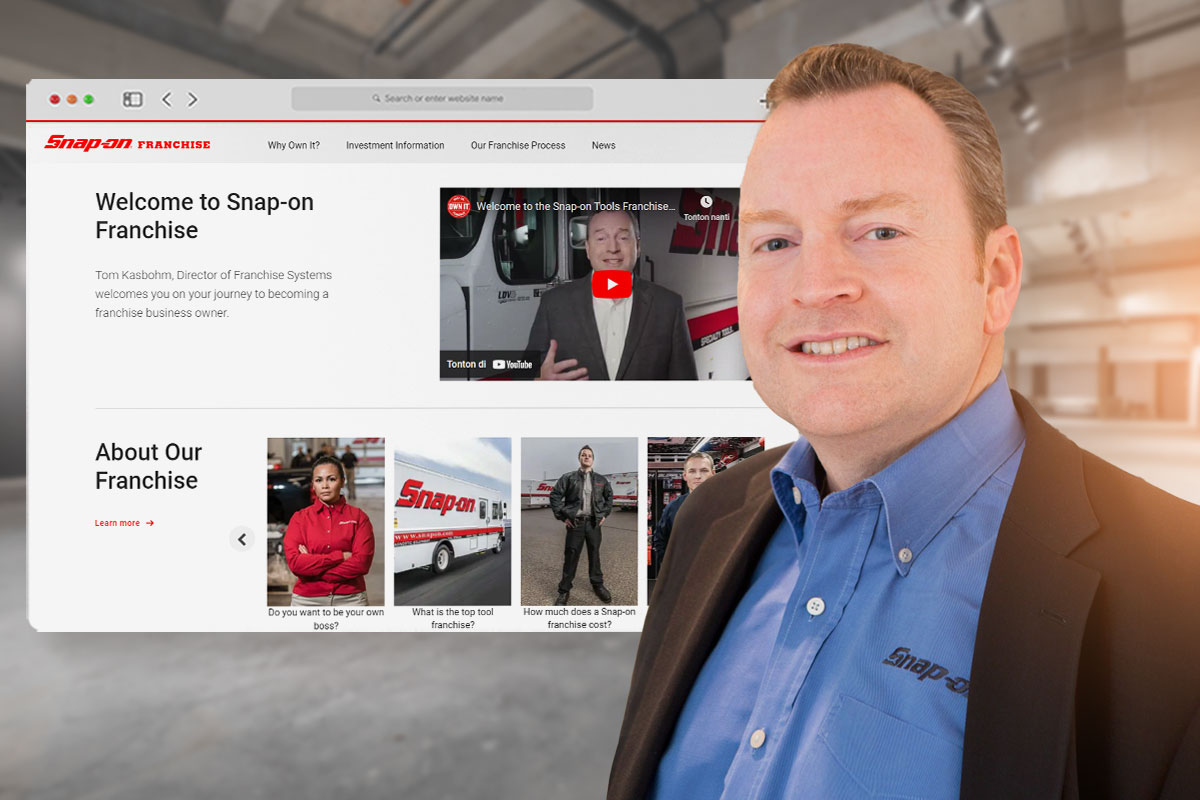
Snap-on is another of the most profitable franchises that sells tools, but the retailer goes beyond the automotive sector.
• Number of franchises: 4.8K
• Average monthly revenue: $429.3K
• Maximum initial cost: $465.4K
Both the revenue and the minimum initial costs are higher than Matco. The time to return might be slightly longer because of the higher initial costs.
Other Commonly Mentioned Franchises
There are plenty of other franchises that provide profitable opportunities. Some commonly mentioned options include Anytime Fitness and Dream Vacations.
#24. Anytime Fitness

Anytime Fitness earns monthly membership fees from people who want a workout. The company has 2,349 franchises and claims a 16.9% profit margin.
#25. Dream Vacations
Dream Vacations franchises require very little in upfront costs. You can get a franchise for a few thousand dollars. Once you’re a franchisee, you’ll make a commission on each travel arrangement you help someone book.
Factors That Impact Franchise Owners’ Success
Factors that impact a franchise’s profitability include:
- Costs of goods or services: A franchise, like most small businesses, may spend up to 60% of revenue on goods and services.
- Franchisee satisfaction: A franchisee who is happy with the franchise business is more likely to be successful than one who’s disgruntled with the franchisor. Prospective franchisees should talk to other franchisees to see if they’re satisfied with their franchise units.
- Sales, general, and administrative (SG&A) costs: According to NYU Stern, SG&A costs are 14.4% of business spending, but the exact amount varies by sector. When SG&A is too high, the business is inefficient; when it’s too low, you may not make as much as you’d like.
- Industry trends: Technology is evolving, and the way you respond can significantly impact your long-term prospects.
- Rent: Owning a franchise will be much more profitable if the company can be a home business. That way, you won’t have additional rent and utilities to pay. Read our resource on starting a home-based business to learn more.
- Revenue: A franchise opportunity that has higher average gross sales tends to do better than one with lower gross sales. At the same time, revenue is only one factor in the overall equation.
- Royalties: Most franchisors collect royalties, which may be either a percentage of sales or a fixed rate each month. These royalties will eat into your profits. Be wary if they are substantially higher than your industry’s SG&A costs.
How to Measure Franchise Profitability

There are a variety of ways to measure a franchise’s profitability. We’ll discuss how to measure a franchise’s profitability using:
- Net operating income (NOI)
- Franchise fee
- Total initial investment
- Return on investment (ROI)
- Cash flow
- Break-even analysis
Let’s look at how each of these helps prospective franchise owners identify the most profitable franchise opportunities.
Net Operating Income
The best metric to measure a franchise’s profits is NOI. This measure of profitability excludes taxes, financing costs, earnings from investment activities, and depreciation to show how much money the business is making.
Initial Franchise Fee

Every franchisor charges a franchise fee for the right to use their business name, business model, and intellectual property. Depending on the opportunity, expect to pay initial franchise fees between $1,000 and $1 million dollars.
Your franchise won’t be truly profitable until you’ve taken home at least enough to offset your initial investment.
Total Initial Investment
In addition to an initial franchise fee, you’ll want to know the total initial investment to start owning a franchise. Franchise opportunities may require up to $5 million as an initial investment, but most are between $10K and $100K.
Until you make the initial investment back, you haven’t really made a profit.
Return on Investment

Another way to measure the most profitable franchises is by comparing ROI. To calculate this, divide your net operating income by your total investment.
You can measure your ROI on both an annual and a lifetime basis.
Cash Flow
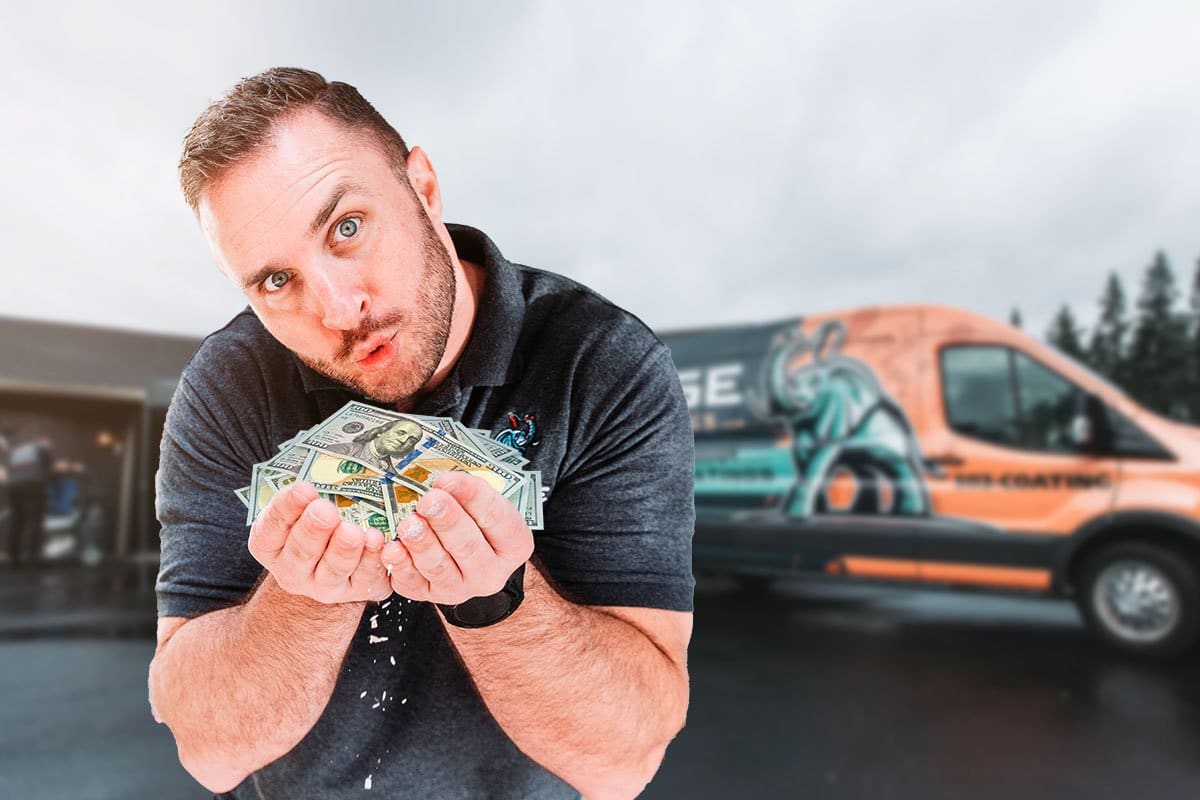
This is the amount of money going in and out of the business each month.
A negative number means cash is flowing out of the business. You’ll need to reinvest or cut your losses. A positive number means you’re bringing more in than your expenses.
You can divide the initial investment by the cash flow to see how long it will take to get the investment back.
Break-Even Analysis
The break-even point considers the initial investment, fixed and variable expenses, and revenue. To break even, your investment and expenses must equal your revenue. In other words, it’s the point where you’re not losing money.
Check out our article on performing a break-even analysis.
Are you ready to become a franchise owner?
Buying any of the most profitable franchises is a great way to start your entrepreneurial journey. While buying a franchise location might cost more than starting your own business on the front end, they are more likely to succeed long term.
We discussed whether franchises are profitable for aspiring entrepreneurs and the success rate of a new franchise compared to an independent business. Then we took a look at some of our favorite franchises, followed by the business venture suggestions from brokers. Finally, we discussed the most profitable franchises overall.
In each case, we discussed the sales revenue, startup costs, and financial performance of existing franchises.
Which of these successful businesses are you considering purchasing?








